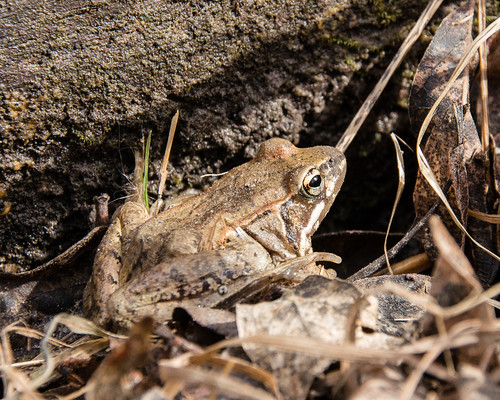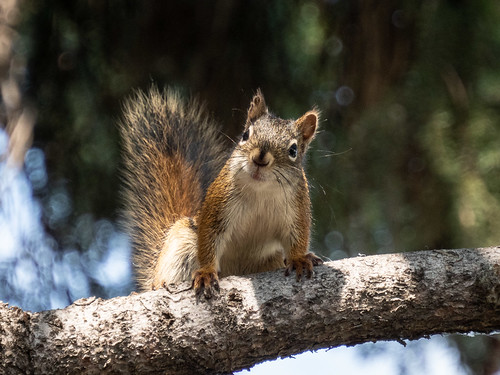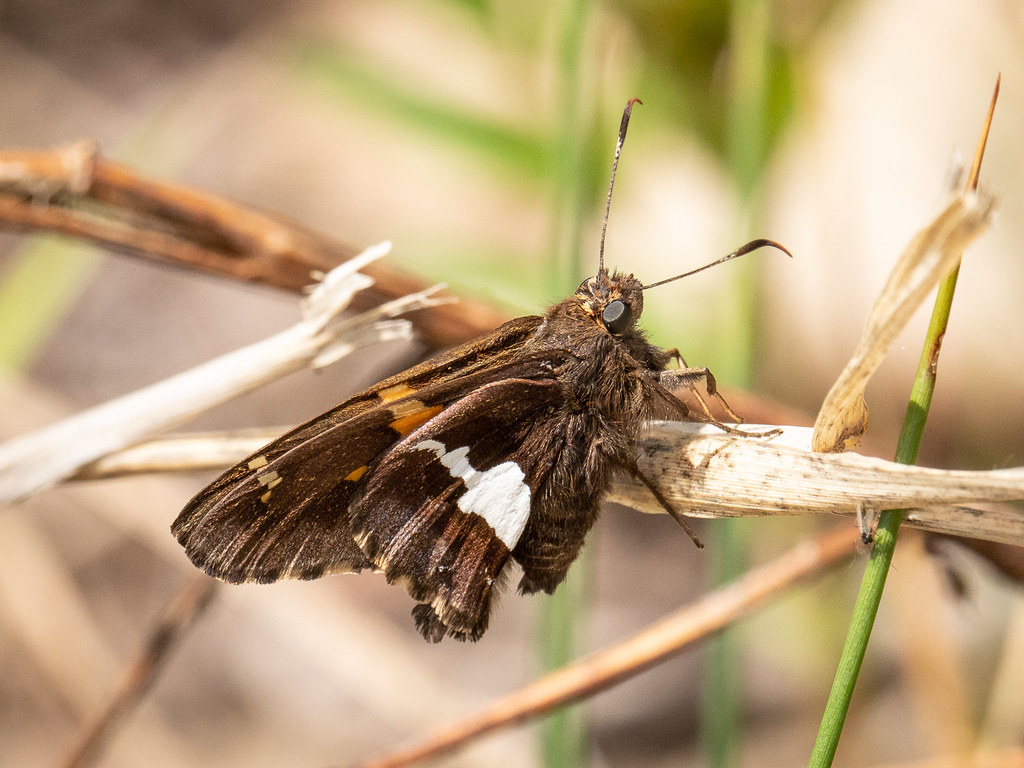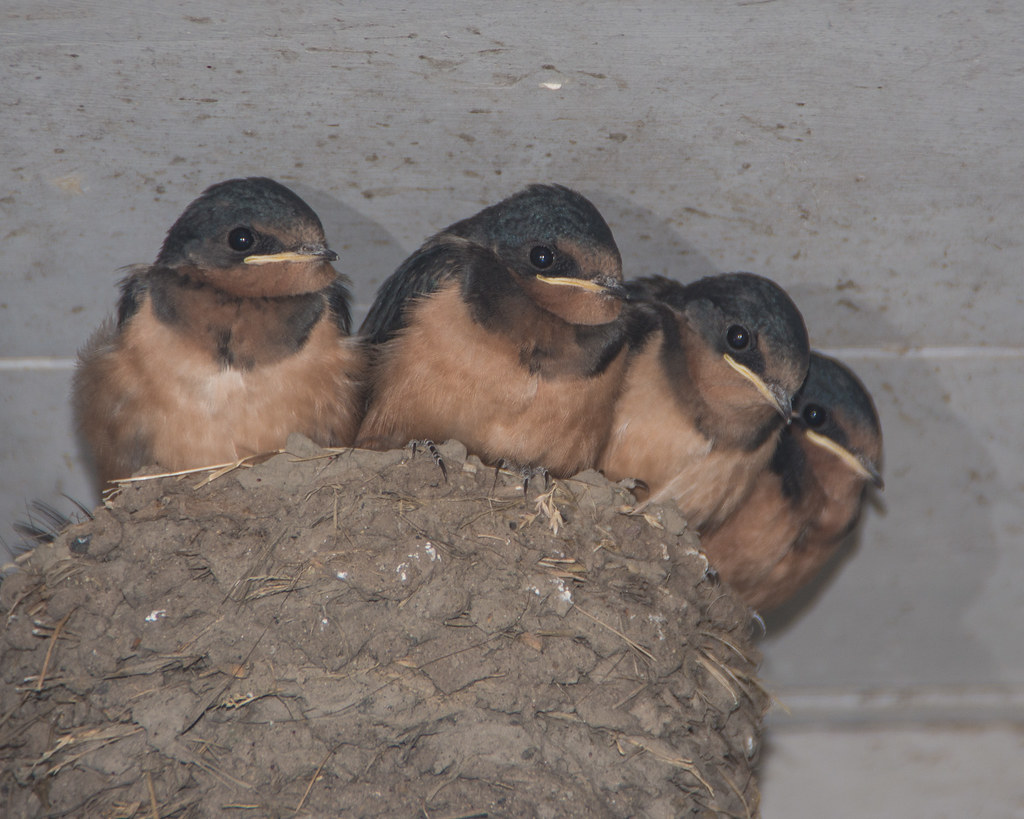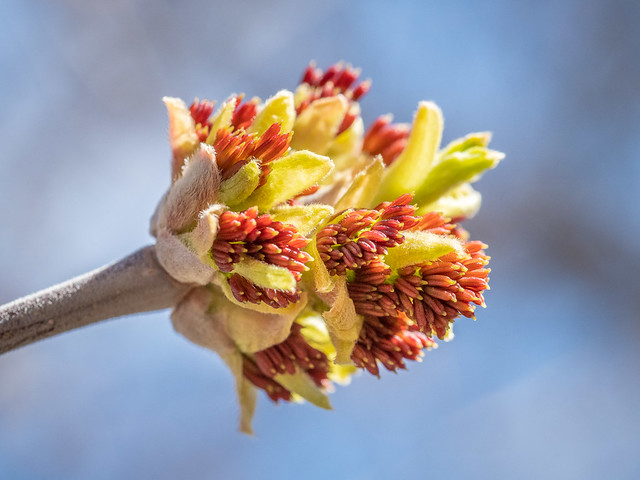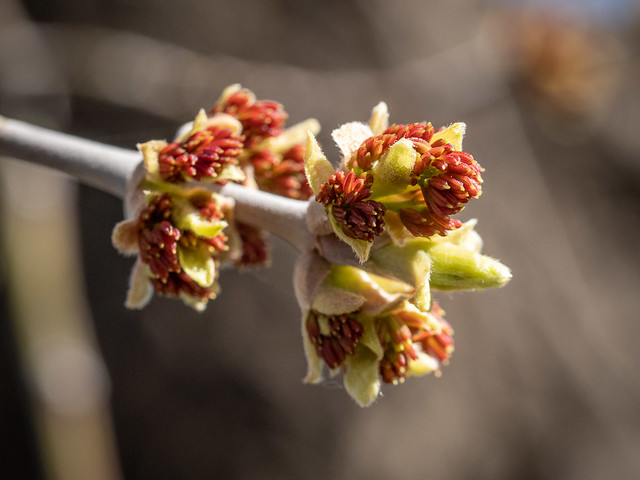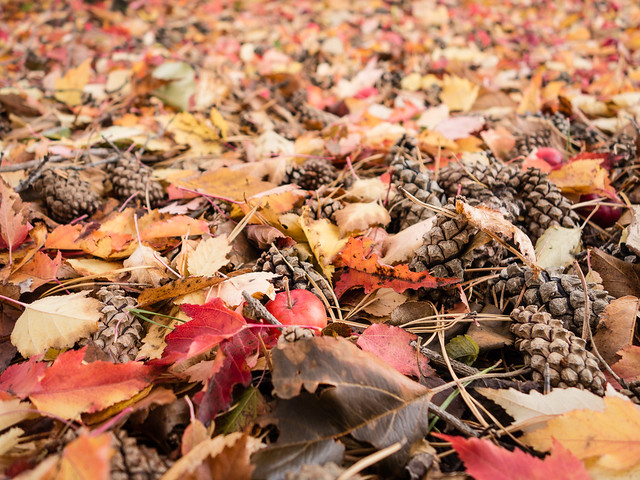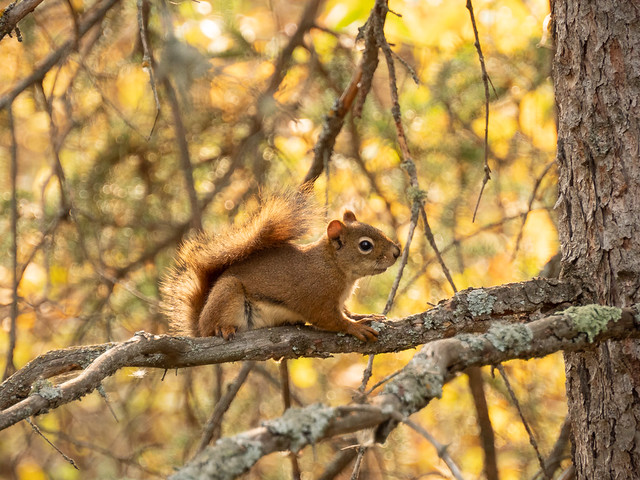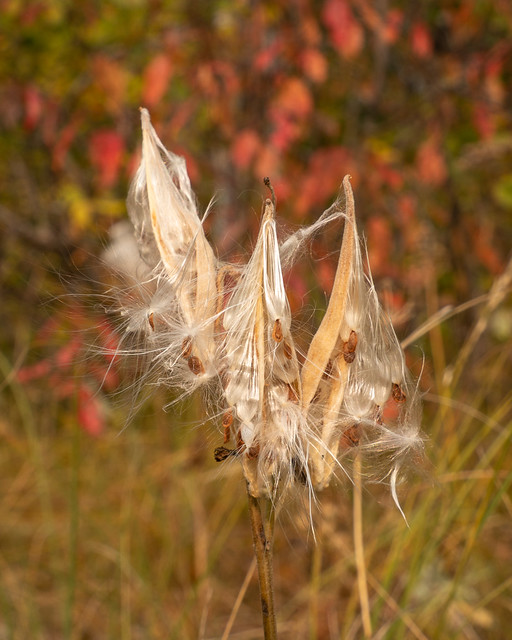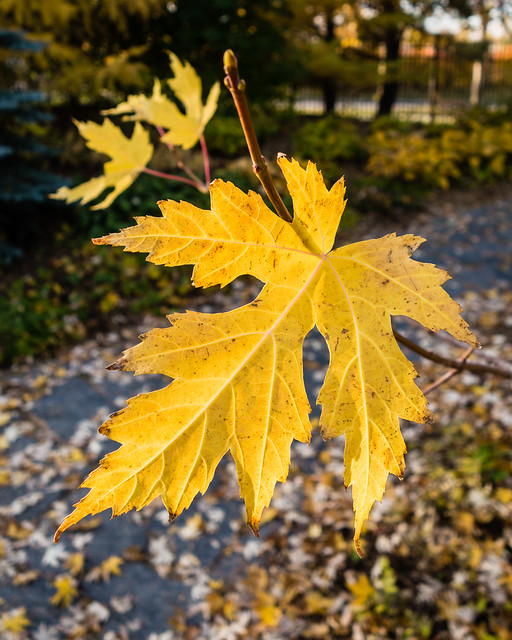1. How and when did you form your group?
The Saskatchewan Alliance for Water Sustainability (SAWS) is a grassroots, not-for-profit, volunteer organization made up of members from Last Mountain Lake Stewardship Group (LMLSG), the Calling Lakes Ecomuseum (CLEM), and other concerned citizens.
EcoFriendly Sask supports Saskatchewan environmental initiatives through an online publication, an events calendar, small grants, and the Nature Companion website/app. You can follow EcoFriendly Sask by liking us on Facebook, following us on Twitter, or subscribing by email (top right corner).
The LMLSG was formed in 2002 to steward and monitor the health of Last Mountain Lake water while sustaining the resources for the communities that depend on them.
CLEM is a grassroots arm of the United Nations and works very closely with the Regional Centre of Expertise on Education for Sustainable Development - Saskatchewan. CLEM believes in protecting the Qu’Appelle Valley’s Calling Lakes using the UN’s 17 goals for sustainable development.
SAWS was formed on Oct 20, 2017, in response to the Saskatchewan Government giving the green light for the Quill Lakes Watershed Association #14 to drain highly saline water from the Kutawagan-Pel lakes area in the Quill Lakes basin into Last Mountain Lake without an environmental impact assessment. This project, called the Common Ground Drainage Channel Diversion Project (CGDCDP), was the first step in a much larger drainage project that would drain water from the Quill Lakes watershed, 200 kilometres north of Regina, into the Qu’Appelle lakes and river system and eventually into Manitoba, courtesy of the Assiniboine River.
We have learned from the Universities of Regina and Saskatchewan that the transfer of salt-rich water from the Quill Lakes into Last Mountain Lake could have serious consequences for water quality in the Qu’Appelle River system. The additional salt and nutrients entering Last Mountain Lake would have a negative effect on fish and wildlife habitat, especially in the Last Mountain Lake National Wildlife Area, a federally protected Ramsar site. The proposed volume of water flowing downstream would cause erosion and high-water levels in the smaller lakes in the Lower Qu’Appelle watershed. Further, the chemical composition of salt in the Quill Lakes is far different from that in Last Mountain Lake and would present a contaminant to game fish in the Qu’Appelle lakes and a human health hazard. Without an environmental impact assessment, we will not know the damage until it is too late.
2. What are your principal activities and why do you believe they’re important?
We focus on creating awareness about wetlands and the negative impacts that drainage has without a wetland conservation policy. According to the Water Security Agency’s own reports, high water levels in the Quill Lakes are the result of high rain events and agricultural drainage. Despite committing to do so in 2017, the Agency has not closed any of the illegal drainage.
Our goal is to work with others to implement long-term solutions for the Quill Lakes high water levels that will benefit all stakeholders and protect the environment. We focus on educating the public and stakeholders, creating a conversation, and advocating for sustainable water management and conservation.
Our activities are important because people do not understand the importance of wetlands. Wetlands provide all kinds of benefits from flood and drought protection, to filtering contaminants and nutrients from our water, to providing habitat for fish and wildlife including pollinators, to fighting climate change.
Our education and communication activities include:
- Hosting public meetings within our communities to inform residents of how wetland drainage contributes to the pollution of our lakes and rivers.
- Producing monthly newsletters that keeps residents up to date on our progress and current news.
- Promoting the development of a round table made up of all stakeholders, including scientists, to develop solutions for the Quill Lakes flooding. The Water Security Agency declined to establish one.
- Organizing meetings with the Water Security Agency and its Minister to present solutions and discuss WSA’s proposed plans on regulating agricultural drainage.
- Contacting provincial government officials and stakeholders requesting they develop a wetland policy for this province.
- Producing media releases and responding to interviews.
- Creating a SAWS website that provides a history of our communication documents and events.
- Maintaining a Facebook page to increase awareness that allows for public discussion. Posts include valuable facts and initiatives on how we can improve water quality, conserve wetlands and our natural environment, show the benefits of wetland protection, and provide news and invitations to webinars and other current events.
- Connecting with universities, scientists, and other non-profit groups.
- Attending and helping the Citizens Environmental Alliance organize its annual farmland drainage conferences and workshops.
Our efforts supported the halting of the Quill Lakes Drainage Project without an environmental impact assessment. We gave our support to the judicial review application filed by the Pasqua First Nation (PFN) against the Minister of Environment and Quill Lakes Watershed Association. On January 22, 2018, the drainage plan was withdrawn and any future project cannot proceed without an environmental impact assessment unless PFN, LMLSG, CLEM, Saskatchewan Wildlife Federation, and the public are first notified and given the opportunity for a full written hearing.
We have created a positive presence in our communities and have gained their interest and support in efforts to protect water and the environment. Our success is due to our grassroots approach of meeting with the communities, providing science from Saskatchewan universities, and being open and transparent about the process.
4. What would you like to achieve in future?
Saskatchewan is the only province in Canada that does not have a wetland conservation policy. This lack of regulation is negatively impacting our economy, our communities, and the environment. We would like to see a wetland conservation policy similar to Alberta or Manitoba’s adopted by summer 2022 that provides adequate mitigation when drainage occurs with negative impacts such as downstream flooding, nutrient loading that leads to algae blooms in our lakes, loss of habitat, and the loss of climate change resiliency.
We would also like to see the Water Security Agency become much more transparent, notifying the public when and where they are licensing drainage projects and providing quality information and alerts for our lakes in an easy-to-use online format.
#1 Working together is our only hope for a sustainable future. Partnership is #17 of the United Nations’ goals of sustainable development.
#2 A Saskatchewan Wetland Conservation Policy building the protection of wetlands into all developments including agriculture, municipalities, recreation, and industry will benefit all Saskatchewan residents. We need natural infrastructure like wetlands to build adaptation and resiliency and to ensure business and environmental success for this province (UN goal #13).
#3 We need leadership from the Federal and Provincial governments on water management that is based on science and climate change data rather than politics.
6. Are there volunteer opportunities with your organization? If so, please describe them and indicate how people can contact you.
We welcome volunteers and ensure volunteer success by working to their strengths. We encourage those with the following skills to reach out to us - writers, artists, scientists, IT experts, and industry expertise (agriculture, potash, fishing etc.). We can be contacted at saskaws@gmail.com
Photo credits: LMLSG (water sampling on Last Mountain Lake), SAWS (boy playing), CLEM (PowWow Parade)
Edited to correct full title of SAWS and a few other details - late afternoon, November 18, 2021
See Also





